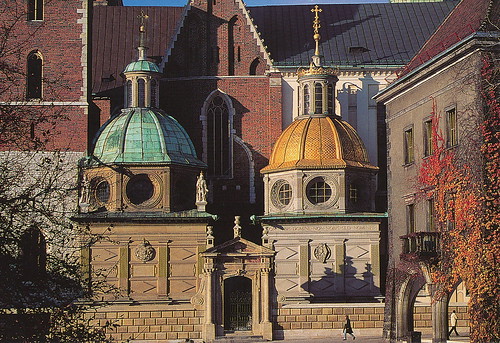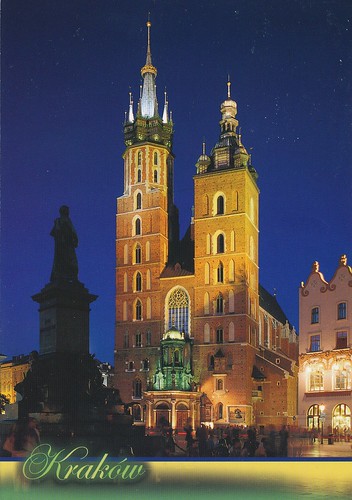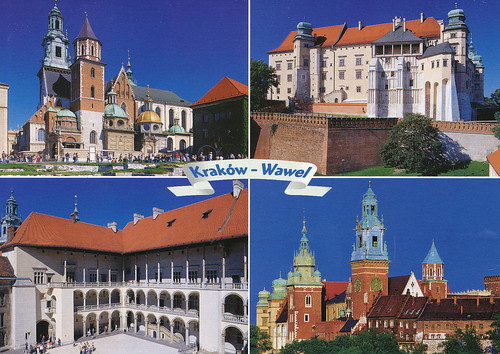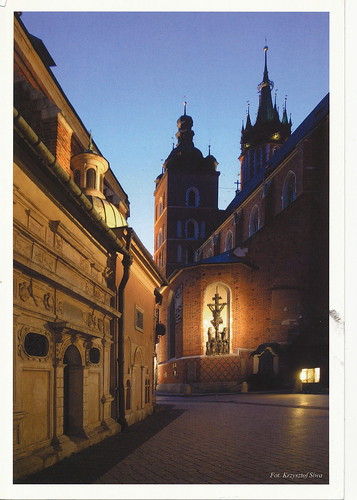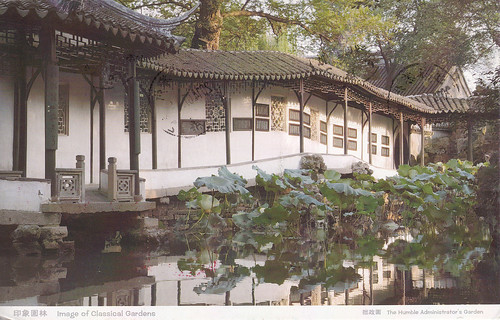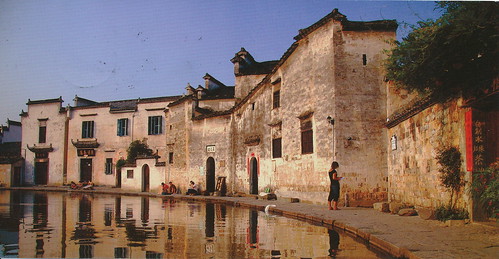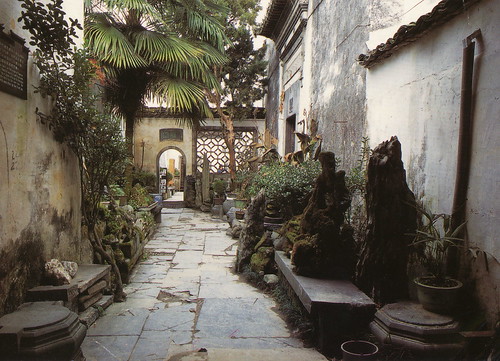The Béguines were women who dedicated their lives to God without retiring from the world. In the 13th century they founded the béguinages , enclosed communities designed to meet their spiritual and material needs. The Flemish béguinages are architectural ensembles composed of houses, churches, ancillary buildings and green spaces, with a layout of either urban or rural origin and built in styles specific to the Flemish cultural region. They are a fascinating reminder of the tradition of the Béguines that developed in north-western Europe in the Middle Ages.
Date of Inscription: 1998
further Informations:
http://whc.unesco.org/en/list/855/
855-001 Béguinage de Hoogstraten
Hoogstraten, Antwerpen, Flanders, Belgium
855-002 Béguinage de Lier (Lierre)
Lier (Lierre), Antwerpen, Flanders, Belgium
855-003 Grand Béguinage de Mechelen (Malines)
Mechelen (Malines), Antwerpen, Flanders, Belgium
855-004 Béguinage de Turnhout
Turnhout, Antwerpen, Flanders, Belgium
855-005 Beguinage de Sint-Truiden (Saint Trond)
Sint-Truiden (Saint Trond), Limbourg, Flanders, Belgium
855-006 Béguinage de Tongeren (Tongres)
Tongeren (Tongres), Limbourg, Flanders, Belgium
855-007 Béguinage de Dendermonde (Termonde)
Dendermonde (Termonde), Oost-Vlaanderen, Flanders, Belgium
855-008 Petit Béguinage de Gent (Gand)
Gent (Gand), Oost-Vlaanderen, Flanders, Belgium
855-009 Béguinage de Sint-Amandsberg / Gent (Mont-Saint-Amand-lez-Gand)
Sint-Amandsberg / Gent (Mont-Saint-Amand-lez-Gand), Oost-Vlaanderen, Flanders, Belgium
855-010 Béguinage de Diest
Diest, Vlaams Bramant, Flanders, Belgium
855-011 Grand Béguinage of Leuven (Louvain)
Leuven (Louvain), Vlaams Bramant, Flanders, Belgium
855-012 Béguinage de Bruges (Brugge)
Bruges (Brugge), West-Vlaanderen, Flanders, Belgium

855-013 Béguinage de Kortrijk (Courtrail)
Kortrijk (Courtrail), West-Vlaanderen, Flanders, Belgium

